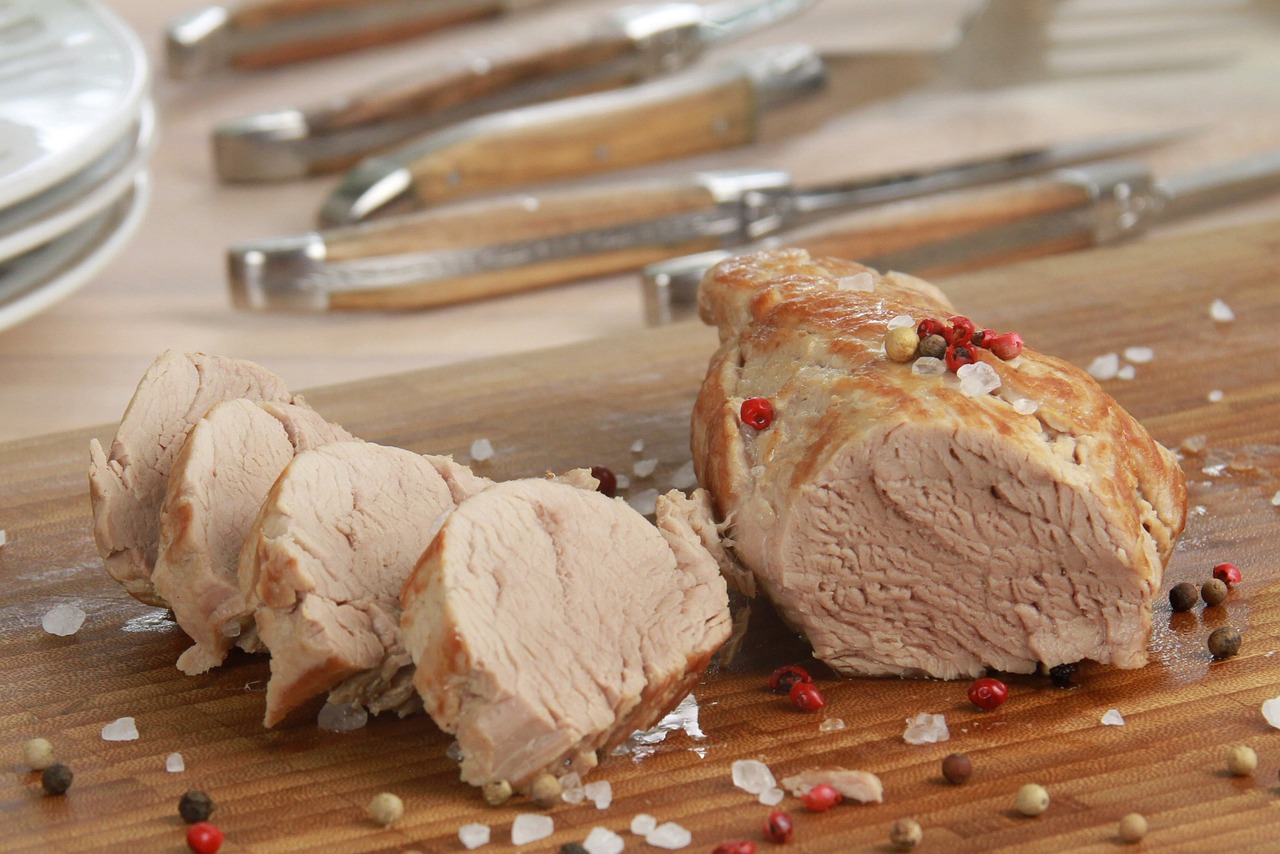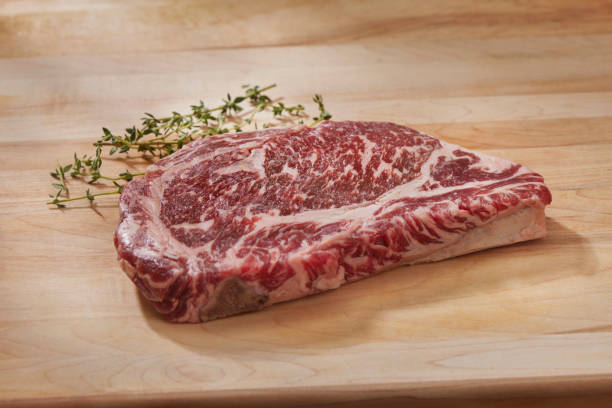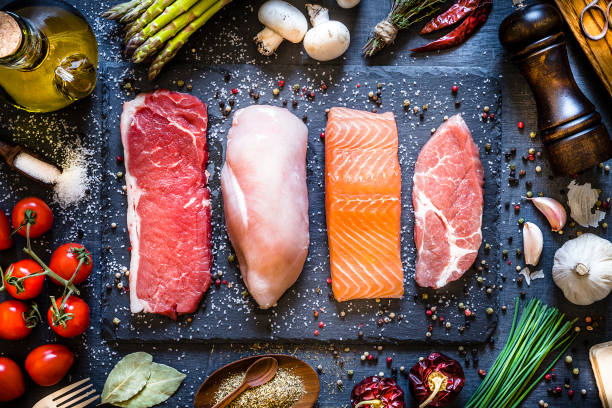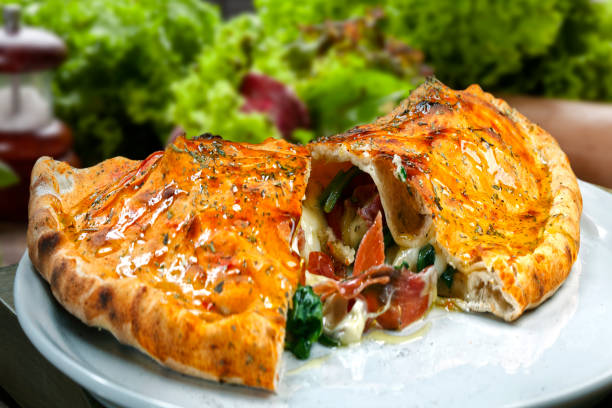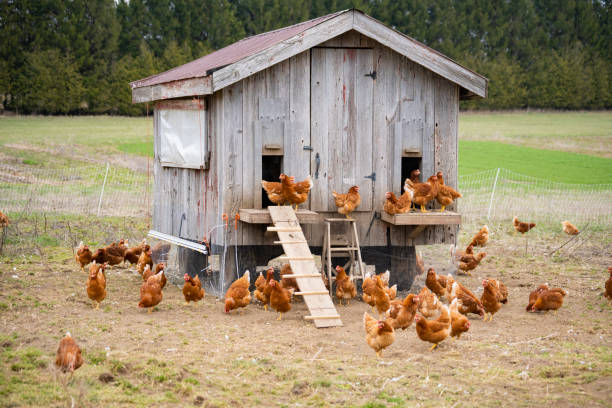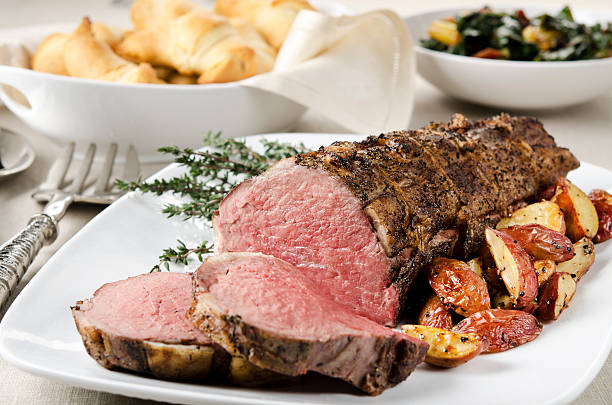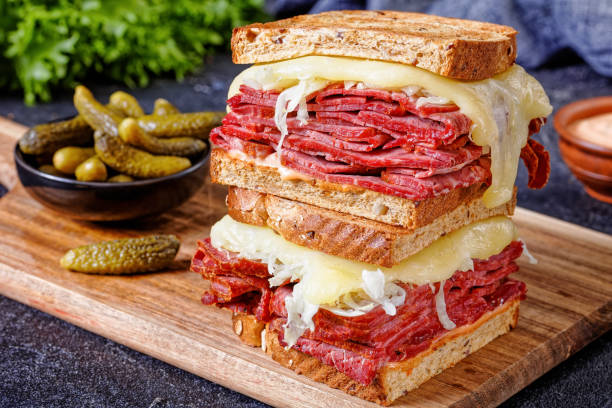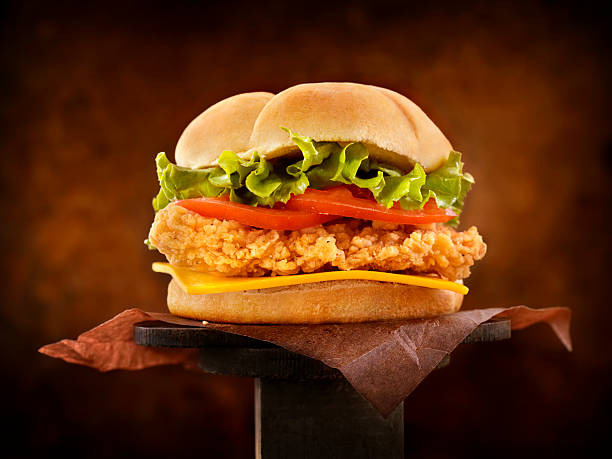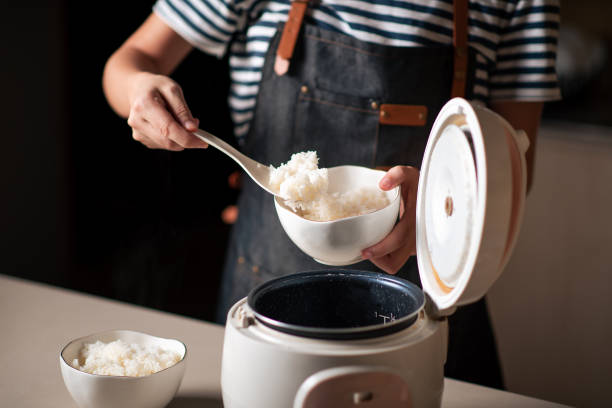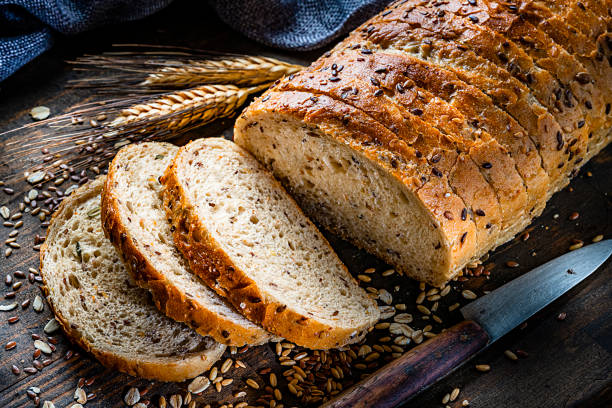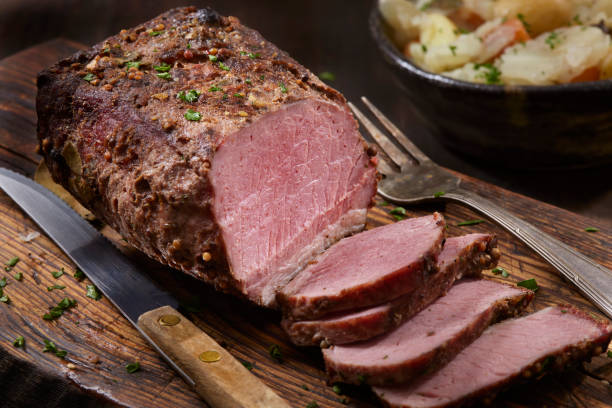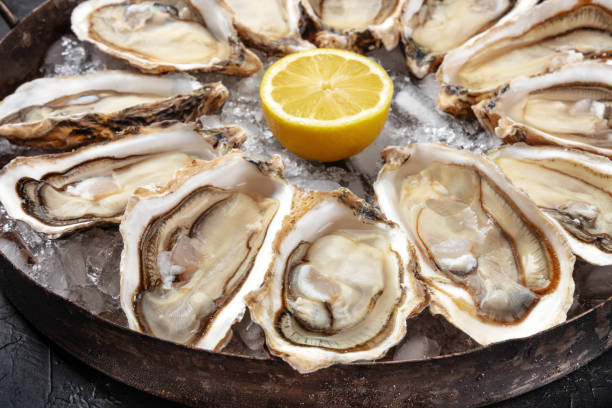When it comes to hosting a gathering where fajitas are the star of the show, one of the key questions you’ll face is: how many pounds of fajita meat per person? Whether you’re planning a casual family dinner, a festive backyard barbecue, or a larger event, getting the portion size right is crucial. Not only does it ensure that all your guests leave satisfied, but it also helps you to manage your budget effectively, avoiding both excessive leftovers and the embarrassment of running out of food.
In this guide, we’ll explore several factors that influence the amount of fajita meat you should plan on per person, including the type of event, the guests’ appetites, and the variety of other foods you’ll be serving. We’ll provide a starting point for your calculations and tips on how to adjust quantities for different scenarios. Let’s dive into the details and ensure your fajita feast is a success.
Understanding About Fajita Meat

Understanding About Fajita Meat
Fajitas are a Tex-Mex dish traditionally made with skirt steak, a specific cut of meat from the beef carcass. Skirt steak comes from the diaphragm muscle of the forequarter or the secondary flank muscle of the hindquarter. It is a long, thin cut, about 18 inches long and one inch thick, located beneath the heart and lungs of the beef carcass. Skirt steak was initially considered an unwanted part of the cow but gained popularity due to its flavor when marinated and grilled.
The Importance of Portion Control for Fajitas
Portion control is essential for balancing enjoyment and health when serving fajita meals. Some key benefits include:
- Avoiding excess calories and fat: Oversize meat servings pack extra saturated fat and calories beyond daily recommendations. Monitoring portions helps prevent overindulgence.
- Cost savings: Buying and preparing too much food leads to waste and higher expenses. Right-sizing portions reduces unnecessary costs.
- Dietary balance: Appropriate portion sizes complement other menu items to create a nutritionally balanced plate.
- Food safety: Leftover fajita meat must be promptly refrigerated. Oversized portions increase food safety risks.
- Responsible consumption: Moderating portions promotes mindful eating habits for hosts and guests alike.
With forethought and care, fajita lovers can savor these tasty Tex-Mex dishes without diet or budget pitfalls.
Description of Factors Influencing Meat Portions for Meals
Many elements influence ideal fajita meat quantities for a particular meal:
- Number, demographics and unique appetites of diners
- Types and amount of side dishes, appetizers and other menu items
- Variations across beef, chicken, shrimp and other proteins
- Differences between bone-in vs boneless cuts
- Special milestone events vs casual weeknight dinners
- Accommodating restrictions and customized diets
- Overall ingredient costs and purchasing choices
Carefully weighing these interrelated factors allows tailoring portions for the perfect balance of satisfaction, health and affordability.
Factors Affecting Portion Sizes
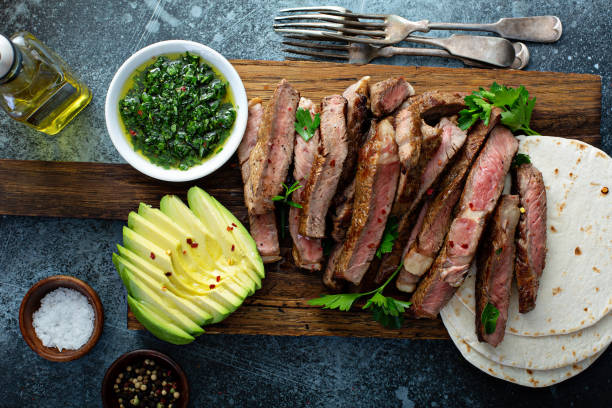
Factors Affecting Portion Sizes
Many nuances beyond the occasion impact ideal portion sizes. Consider these influences when planning:
Types of Guests and Their Unique Dietary Requirements
- Senior citizens often have smaller appetites and caloric needs than children or teens.
- Dietary restrictions due to allergies, intolerances or preferences must be accommodated.
- Vegetarian and vegan guests may need larger or supplemental vegetable portions.
- Athletes, growing kids and others with high activity levels may appreciate larger servings.
Impact of Side Dishes on Meat Quantity
- Incorporate hearty sides like beans, rice, guacamole and cheese to complement, not replace, sufficient protein portions.
- Adjust meat amounts upward if serving lighter sides like grilled veggies or salad.
Role of Appetizers and Desserts in the Overall Meal
- Appetizers like queso decrease the amount of entrée meat needed.
- Sweet treats post-meal may warrant slightly smaller main course sizes.
Consider your full menu when planning fajita meat quantities.
Fajita Meat Recipes
Fajita meat recipes offer a delicious and versatile way to enjoy Tex-Mex flavors. Here are some key points from the provided sources:
- Fajitas are typically made with grilled strips of skirt steak, chicken, or even vegetarian options like vegetables.
- The marinade for steak fajitas commonly includes lime juice, olive oil, garlic, cumin, chili powder, and other seasonings.
- Fajitas can be made with various meats such as steak, chicken, or shrimp, and the marinade plays a crucial role in flavoring the dish.
- Cooking methods vary from grilling to using a cast iron skillet, and the meat is often paired with onions and bell peppers.
- Fajita pasta recipes combine the flavors of fajitas with pasta, offering a unique twist on the classic dish.
These recipes provide a range of options for preparing flavorful and satisfying fajita meat dishes, allowing for customization based on personal preferences and dietary choices.
Serving Strategies
Use these tips to seamlessly serve properly sized portions:
Estimation Techniques for Buffet-Style Serving
- Use tongs, spoons or servers to portion out consistent meat amounts for each guest.
- Weigh or measure a sample serving for visual size reference.
- Monitor the serving dish and replenish before it runs out.
Adapting Portions for Diverse Appetites Within
- Encourage second servings for those who want more.
- Offer smaller portions to children, seniors and light eaters.
- Prepare extra meat to accommodate varying appetites as needed.
Budgeting and Cost Management
Calculate costs and purchase accordingly:
- Research average pricing per pound in your area for each meat variety.
- Multiply estimated servings needed by recommended ounces per portion.
- Convert total ounces to pounds and multiply by cost per pound for spending estimates.
- Track prices and shop sales, buys in bulk, use coupons and loyalty programs to maximize savings.
Culinary Tips and Preparation
Follow these fajita meat preparation tips:
- Marinate meats in acidic ingredients like lime juice and oil for added flavor.
- Cook on a hot grill or pan to sear in juices and texture. Slice across the grain for tenderness.
- Pair with traditional side dishes like sautéed peppers and onions, beans, rice, guacamole, salsa and tortillas.
- Season with spice blends like ancho chile powder, cumin, paprika, oregano and garlic.
Post-Meal Management
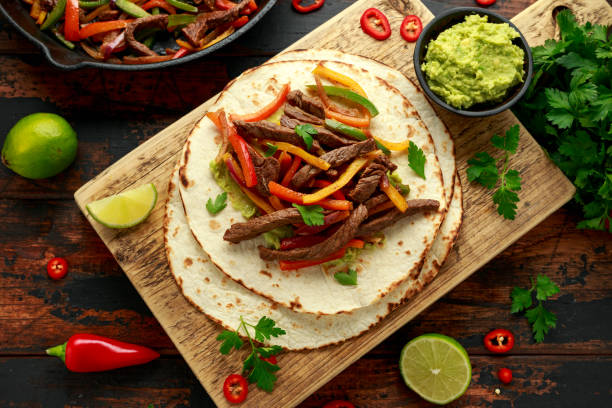
Post-Meal Management
- Refrigerate within 2 hours to prevent bacteria growth. Use small shallow containers for rapid cooling.
- Store cooked meat for 3-4 days max. Label with date.
- Reheat to 165°F until steaming hot. Bring sauces to a boil.
- Repurpose extras in fajita salads, omelets, stir fries or other creative recipes.
Conclusion: How many pounds of fajita meat per person
Estimating needed fajita meat portions requires balancing many factors like guest count, menu context, protein types, and dietary needs. While general guidelines provide starting estimates, feel free to adjust amounts based on your particular event and attendees. Monitor serving levels and have additional meat ready to accommodate hearty appetites. Prioritize safety by promptly refrigerating leftovers, and creatively repurpose them in other dishes. With thoughtful planning, you can delight guests with perfectly sized servings for any fajita fiesta.

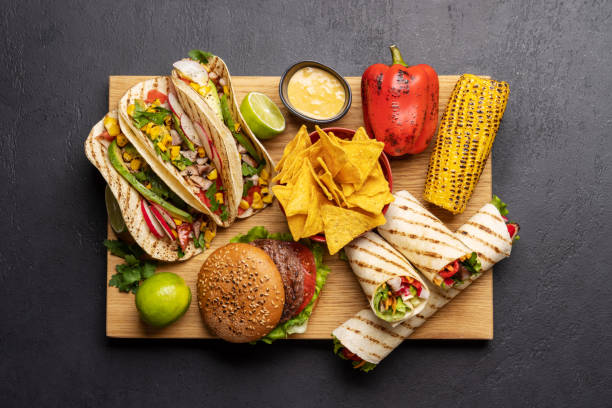
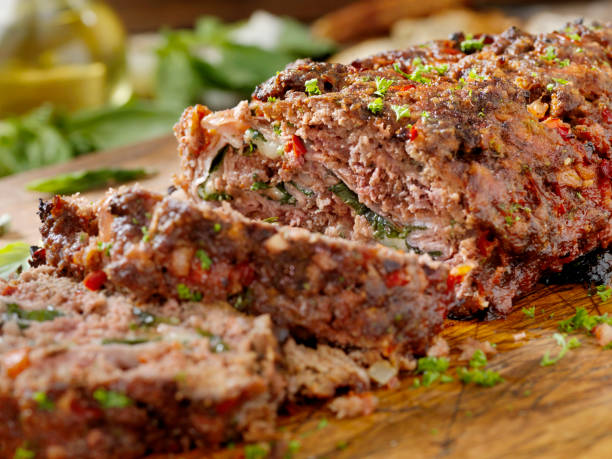
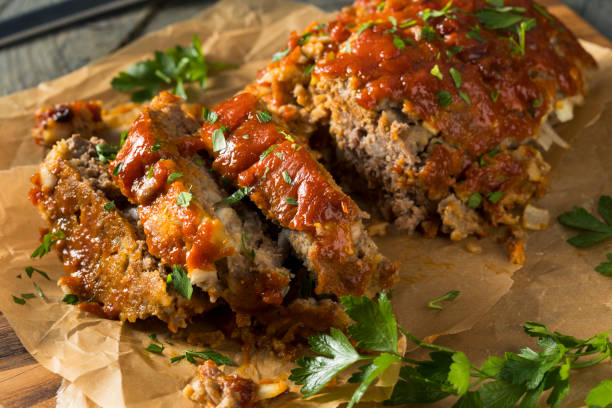


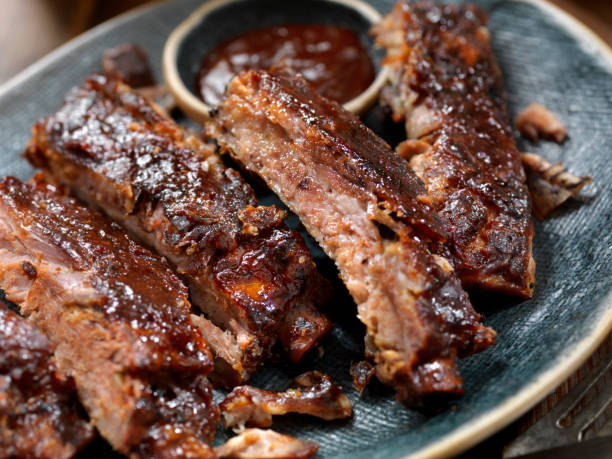

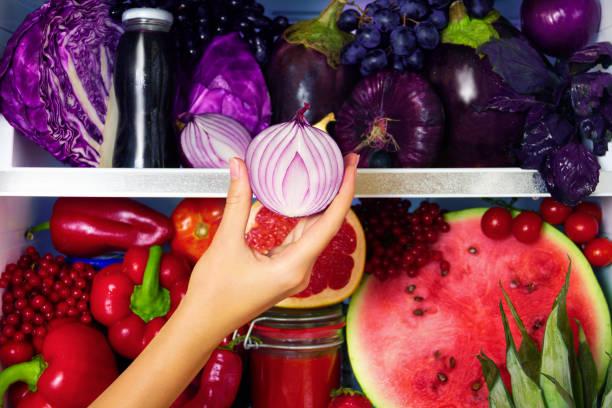
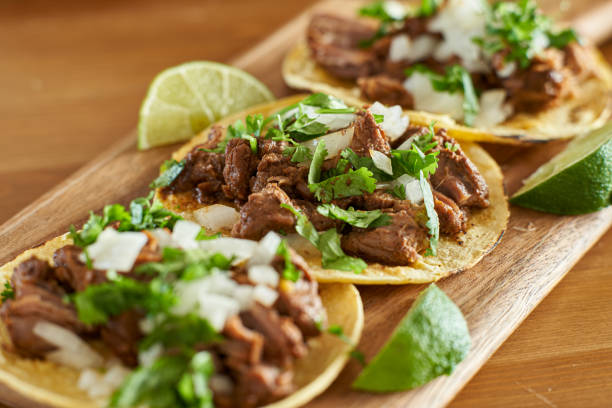
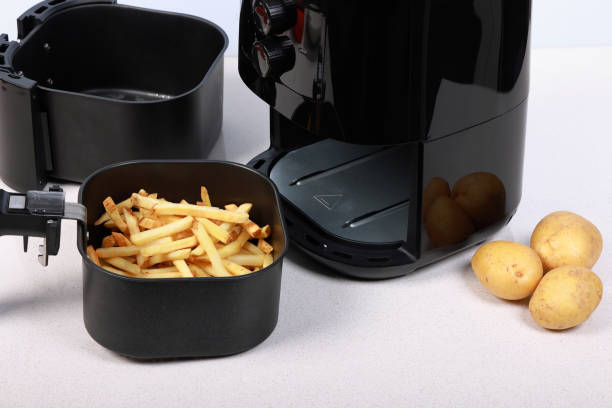
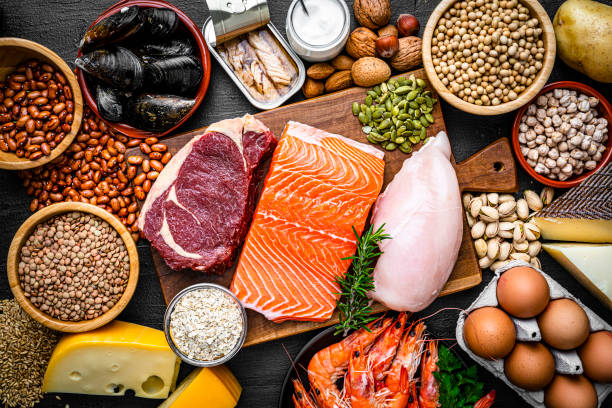

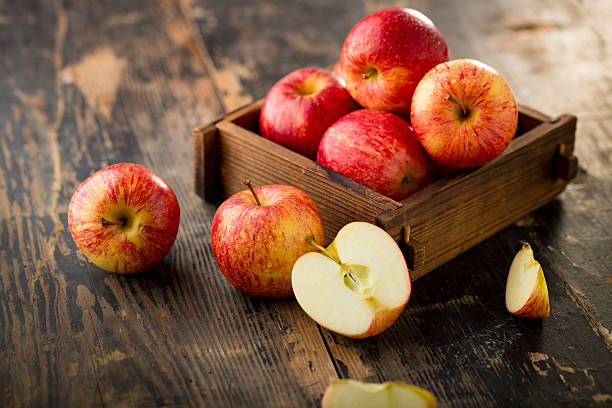
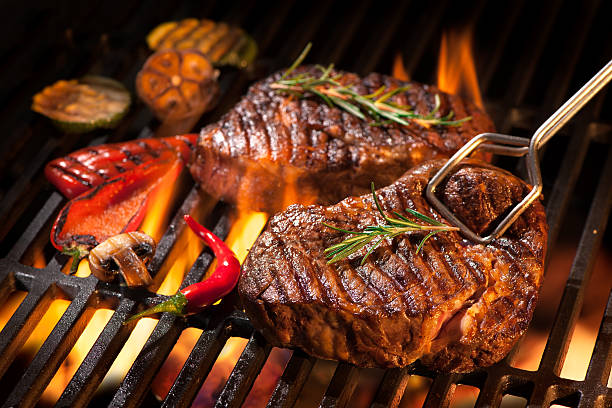
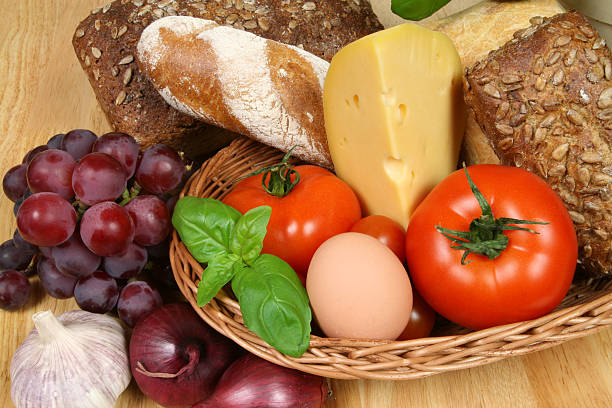

![America’s Best Wings Menu With Prices | Guides [Update 2023] America’s Best Wings Menu With Prices | Guides [Update 2023]](https://thesuntrapp.com/wp-content/uploads/2023/11/Screenshot-2023-11-16-020808.png)
